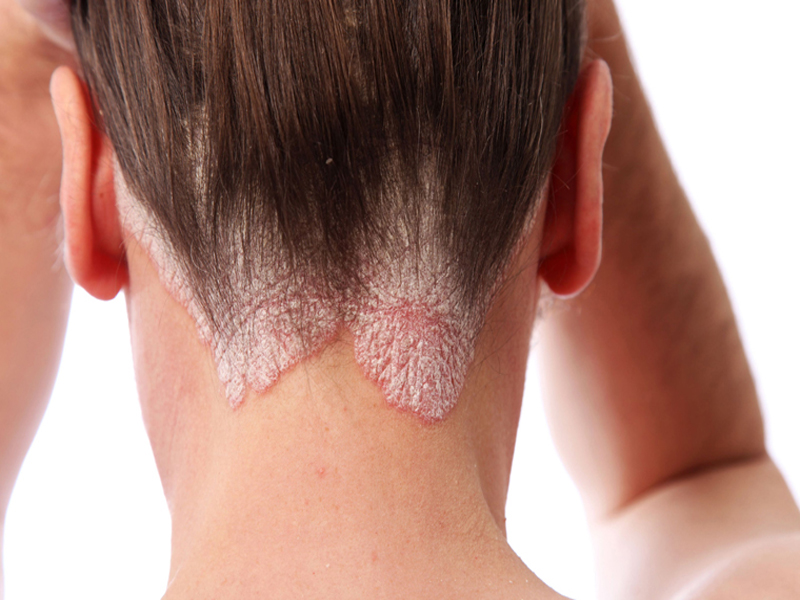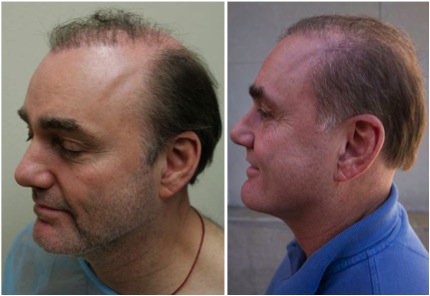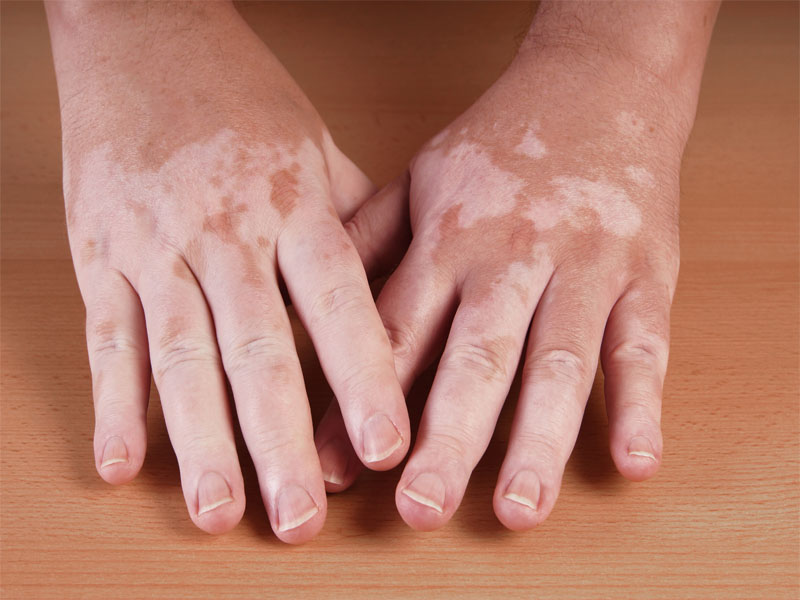
Are you worried about the flaky, greasy, and red patches on your scalp or face? Did you know these can be the symptoms of a chronic skin condition called seborrheic dermatitis? Yes! Along with all the above-said symptoms, seborrheic dermatitis can cause hair loss too.
Excess oil production by sebaceous glands may result in scales on your scalp and sometimes on parts of your face too. Constant itching and scratching of these flaky parts of the scalp result in hair loss in many people suffering from this condition.
Let us learn more about the connection between seborrheic dermatitis, and hair loss, and how you can treat it efficiently.
Tabel of Contents:
- What is seborrheic dermatitis & its causes?
- Can it cause hair loss, and how?
- Is hair loss caused by seborrheic dermatitis permanent?
- How is seborrheic dermatitis treated?
- Will my hair grow back?
1. What Is Seborrheic Dermatitis & Its Causes?
A common chronic inflammatory skin condition is called Seborrheic dermatitis that results in redness and itching along with scaly patches. However, there are no specific reasons known that can pinpoint the cause of this skin condition. Some of the reasons that medical practitioners believe that results in seborrheic dermatitis are:
- Overproduction of sebum in your scalp is one of the primary reasons for this skin condition’s symptoms.
- Genetics also play a role.
- Disorders of your immune system.
- Abnormal hormonal changes.
- People with health conditions like HIV and Parkinson’s are highly perceptible to get this skin condition.
- Heat, excessive exposure to sun rays, and topical therapy aggressively may flare up the symptoms of seborrheic dermatitis.
[ Read: Does Folliculitis Cause Hair Loss ]
2. Can It Cause Hair Loss, And How?
Although not a permanent side effect, seborrheic dermatitis can cause temporary hair loss. Malassezia is a yeast that thrives on excess sebum production, resulting in inflammation on the scalp. It becomes challenging for hair growth when this yeast multiplies uncontrollably.






